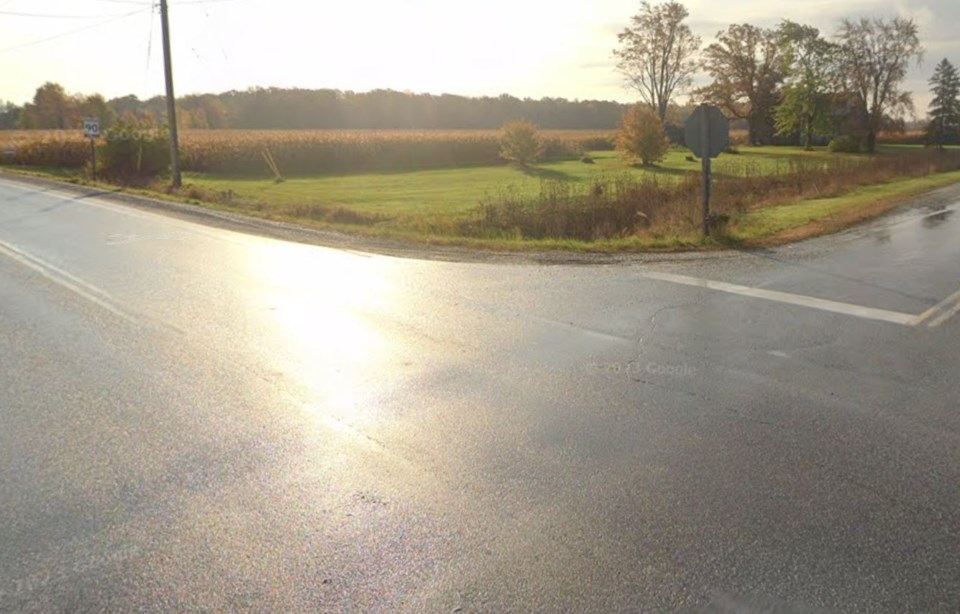In 2022, StatCan reported 91,533 motor vehicle collisions in Canada resulting in injury, 8,851 serious injuries, and 1,931 fatalities.
Lambton County is no stranger to serious motor vehicle collisions. In October alone, incidents included a fatal collision on Vidal St., a pedestrian who sustained life-threatening injuries after being hit by a pickup truck downtown, a vehicle that collided with a mobility scooter near Lambton Mall, and another fatality at a problematic intersection known for lethal crashes.
A new report from the Crash Analysis Studio at Strong Towns, titled “Beyond Blame: How Cities Can Learn from Crashes to Create Safer Streets Today,” aims to shift the focus of motor vehicle crash analysis from blame to learning.
The report highlights systemic failures in gathering the crucial data needed to prevent future crashes. Emergency responders typically document crash details to assign fault for legal and insurance purposes, but these reports rarely translate into actionable insights. This reveals a major gap in addressing traffic incidents.
Drawing inspiration from the medical field's mortality reviews and the National Transportation Safety Board’s aviation accident investigations, Strong Towns conducted 18 monthly Crash Analysis Studio sessions. Experts analyzed crash data in real-time to uncover contributing factors to the crashes and demonstrate a process cities could adopt to improve road safety.
The sessions revealed several key factors contributing to traffic crashes.
High-speed road designs in urban areas often encouraged unsafe speeds, increasing accident risk. Another issue was the failure to accommodate pedestrians and cyclists, with street layouts prioritizing vehicle speeds over safety.
Another finding was dangerous intersection designs that funneled vehicles too quickly, raising collision risk, especially in areas with high pedestrian and cyclist traffic.
Lastly, visibility and lighting issues also played a role, as poor lighting created glare or shadows, making vulnerable road users harder to see and raising accident risk.
Kailey Dalgety, a Brigden resident, recently started a petition following a three-vehicle collision that occurred at Courtright Line and Mandaumin Road, an intersection they claim has seen multiple fatalities in recent years.
Kailey’s request for further traffic data highlights the gap in available data for motor vehicle collisions. Their plea for intervention at this intersection demonstrates the lack of mechanisms in place to make changes and save lives.
Dalgety suggests installing a roundabout at this location, noting that it would slow traffic entering the high-risk area and reduce the likelihood of T-bone collisions. Dalgety says studies show that roundabouts can decrease fatalities by 90% and accidents by 75%.
“Every traffic crash has something to teach us,” a message from Norm Van Eeden Petersman, Director of Movement Building at Strong Towns. “Yet traditional approaches often focus solely on assigning blame rather than uncovering deeper insights.”
